Sidetracked Volume 30: the Art of the Journey, and a look back at a decade in print

30 issues. 10 years. Still here, still seeking out those special stories, still offering an antidote to the scrolling.
I'm pleased to announce that Volume 30 of Sidetracked magazine is now available to order (or why not subscribe?) Every issue of Sidetracked is special, because we only publish three times a year and put the utmost care into selecting the very best stories, but this issue is even more special than most.
Making it to 10 years is no mean feat for a print magazine, especially with the pressures the industry is facing right now. But if there's anything our recent festival has shown me it's that our community is passionate and dedicated. A small team, all part-time and remote, work miracles to bring this piece of magic to print.
The Art of the Journey
I've written before about how we never consciously set out to curate stories around a particular theme, that a theme often emerges naturally during the editorial process. Sometimes we don't even realise until right at the end, when the person writing the foreword sees a unifying thread and puts it into words – or when a particular story acts like a lens, drawing everything into focus. This time both were true.
Abbie Merritt's story, 'Fractured', about the exquisite art of David Popa, was my 'Aha!' moment this time. Then I read the draft foreword. Who could be better placed to write this foreword than John Summerton, the creative driving force behind Sidetracked – and the person who started it all those years ago? When I read John's draft, and saw the subtitle 'The Art of the Journey', I knew that he'd seen the connection too. Probably well before I did.
In John's words:
But that’s why I think we need magazines like Sidetracked. It’s an antidote to the scrolling. A chance to slow down and consider meaningful stories. The people we feature have taken time to embark on their own journey, and taken the time to document it properly and considerately. I like to think that Sidetracked is an archivist – a keeper of precious journeys and arts. A celebration of those that do things properly.
Someone recently asked me what we look for in a Sidetracked story. It can be a bit difficult to put into words, because we publish a wide variety of stuff – not just the epic challenges and big adventures. Jenny likes to say that we're looking for some kind of creative or unusual angle, and that's true, but for me it's just as much about care. The people we choose to publish all care and think deeply about how they choose to do things. It's not simply about what they're doing, and they aren't chasing numbers or acclaim as a primary goal. They certainly aren't just churning out content because it's good for their career. Our contributors are driven by something deeper – and express that through care. They want to feel something real, and they want us to feel something real too.
I know, I know, I'm being earnest, and society doesn't like earnestness. But let's hold back on the cynicism for a moment. What is this if not art? As John writes about the remarkable work of Cat Vinton, 'Her quest is costly and extremely personal. It’s not a commercial project. She does this for herself, and for the people she meets – a personal mission of utmost importance.'
Cat's story in this volume, 'Back on a Kabang', is one of my personal favourites. Other favourite stories this time around include 'Cache 23', in which Michal Lukaszewicz and Karolina Gawonicz trace the course of a 100-year-old expedition to find an abandoned movie camera deep in the Canadian wilderness. 'The Long Ride Home – Act One' by Ashley Parsons is heartbreaking (I won't spoil it by telling you why). In 'Sonic Layers', Alex Savu explores the sensory landscape of a mountain in Japan. There's some fantastic analogue photography in 'Don't Imprison the Wind' by James Bowden and Chris McClean. Finally, it was a pleasure to once again work with Dr Heïdi Sevestre on 'Arctic Ascent', in which she outlines her vision for climate science and adventure working hand in hand.
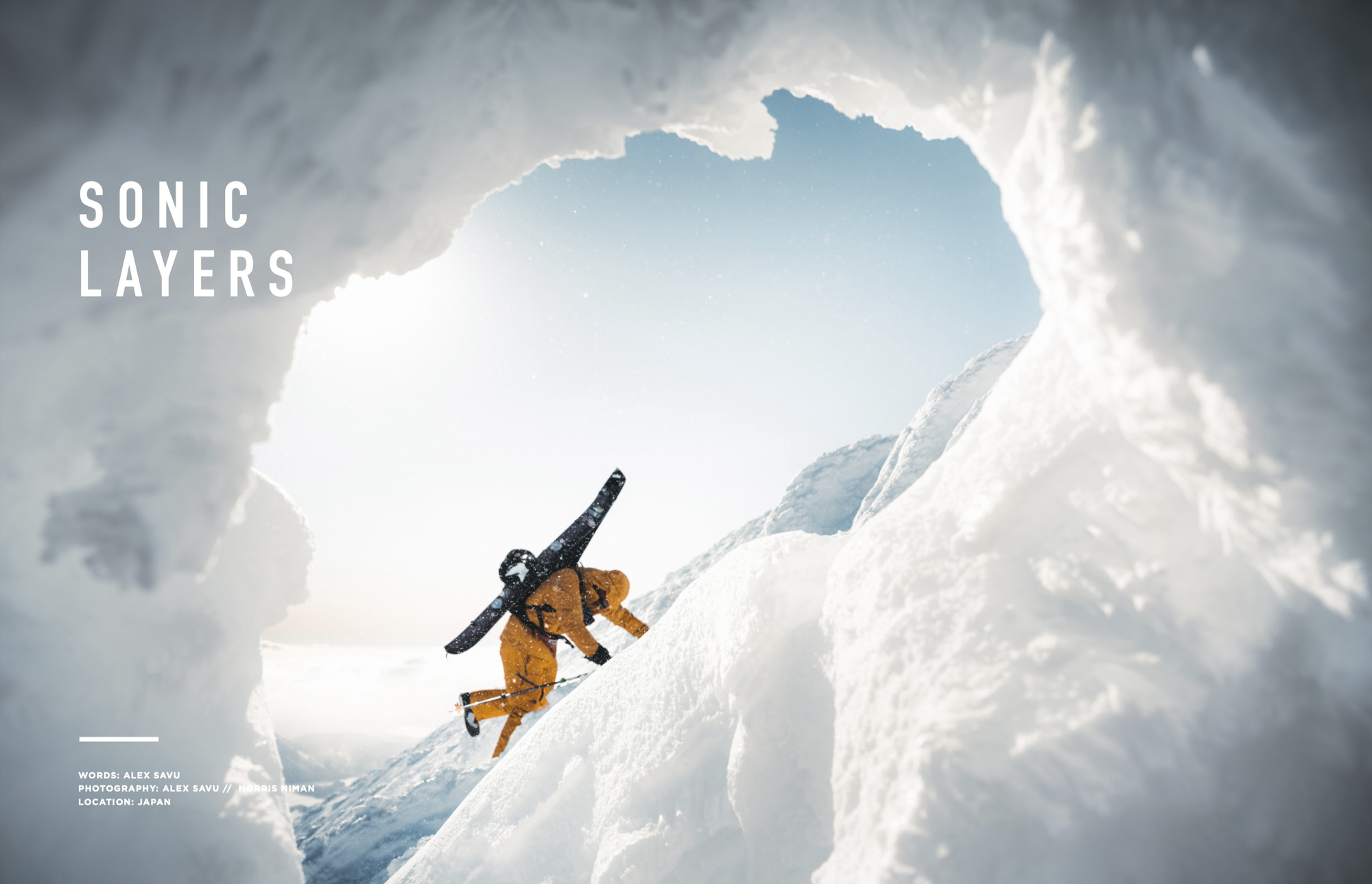
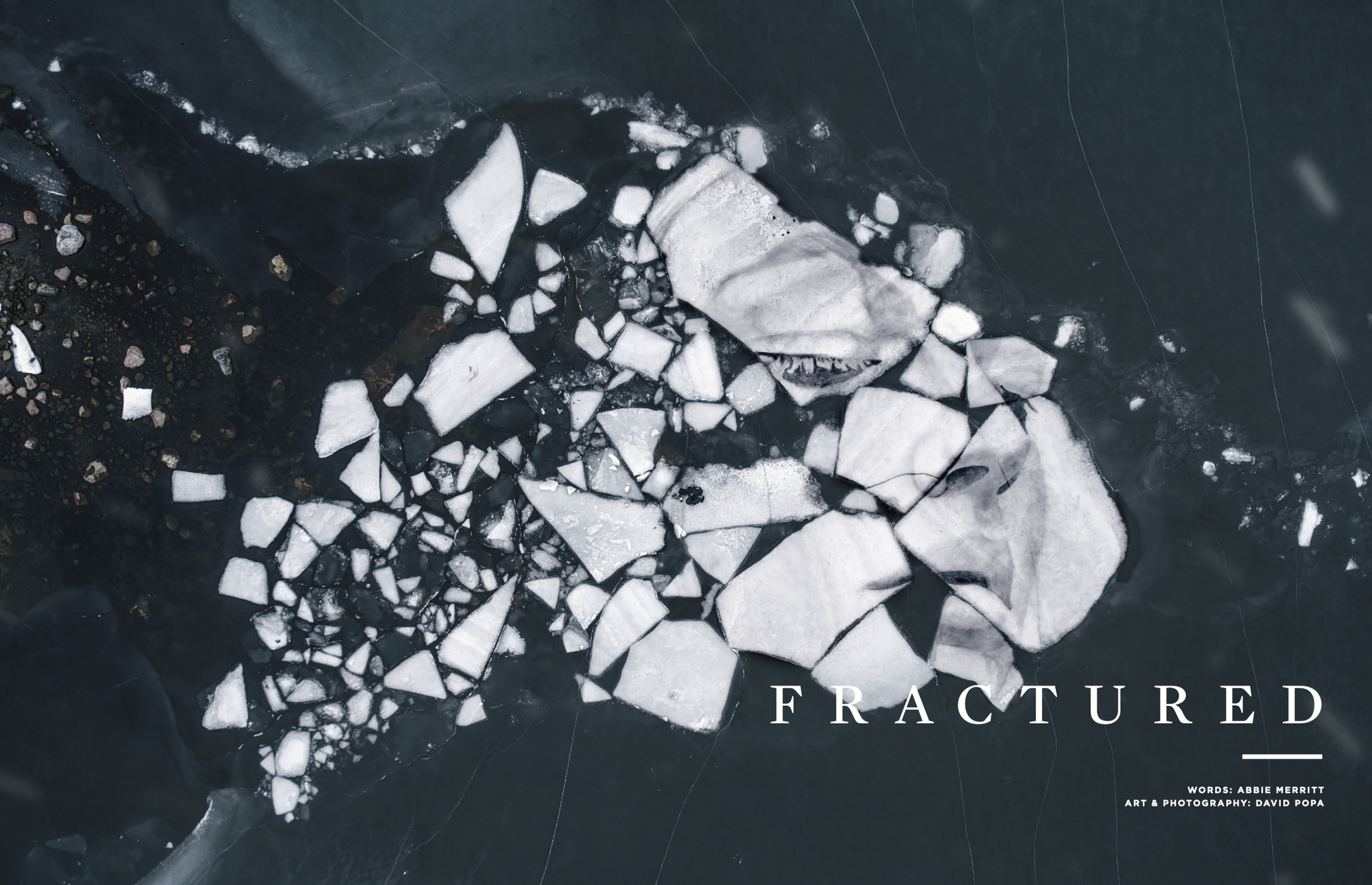
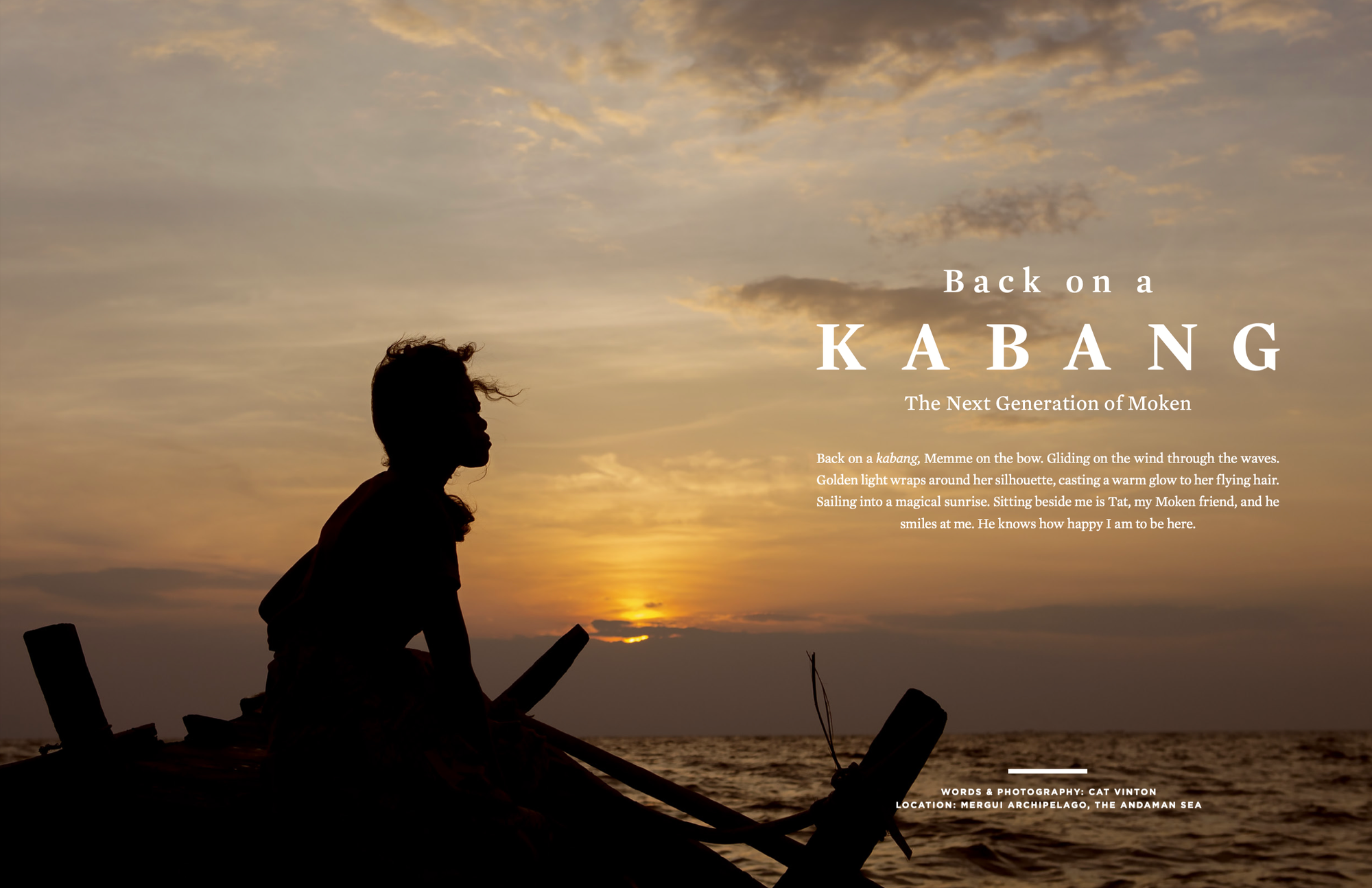
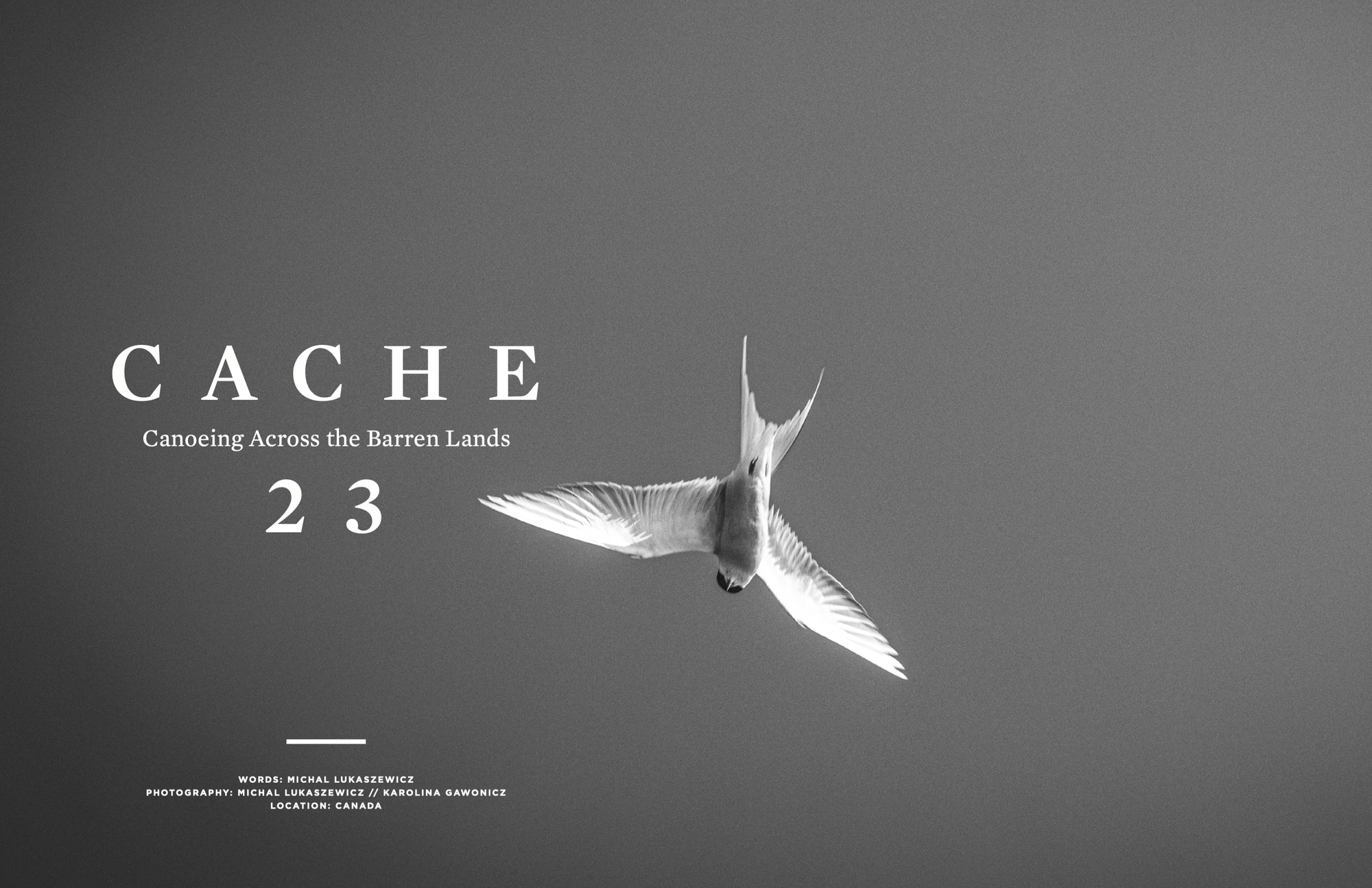
Opening spreads from Vol. 30
As always, though, the whole is greater than the sum of the parts.
My career with Sidetracked – and a glimpse into our editorial process
Long-term readers might remember my very first blog post about Sidetracked, all the way back in May 2015. Volume 4 had just gone to print with my name on the masthead as sub-editor. It was my first ever editorial credit in a print magazine.
I came to Sidetracked through Andrew Mazibrada, who was editor at the time. We'd worked together on several successful sci-fi anthologies, so he thought of me when the team realised they needed a bit more editorial help. And I've been here ever since. In 2020, Andrew stepped down as editor and asked me to take over.
My first issue was Volume 20, which featured the controversial Jared Leto front cover. Here's my take on the controversy from back then. It certainly ruffled a few feathers, but we quickly moved on from that and haven't featured any other pop stars with tenuous links to climbing.
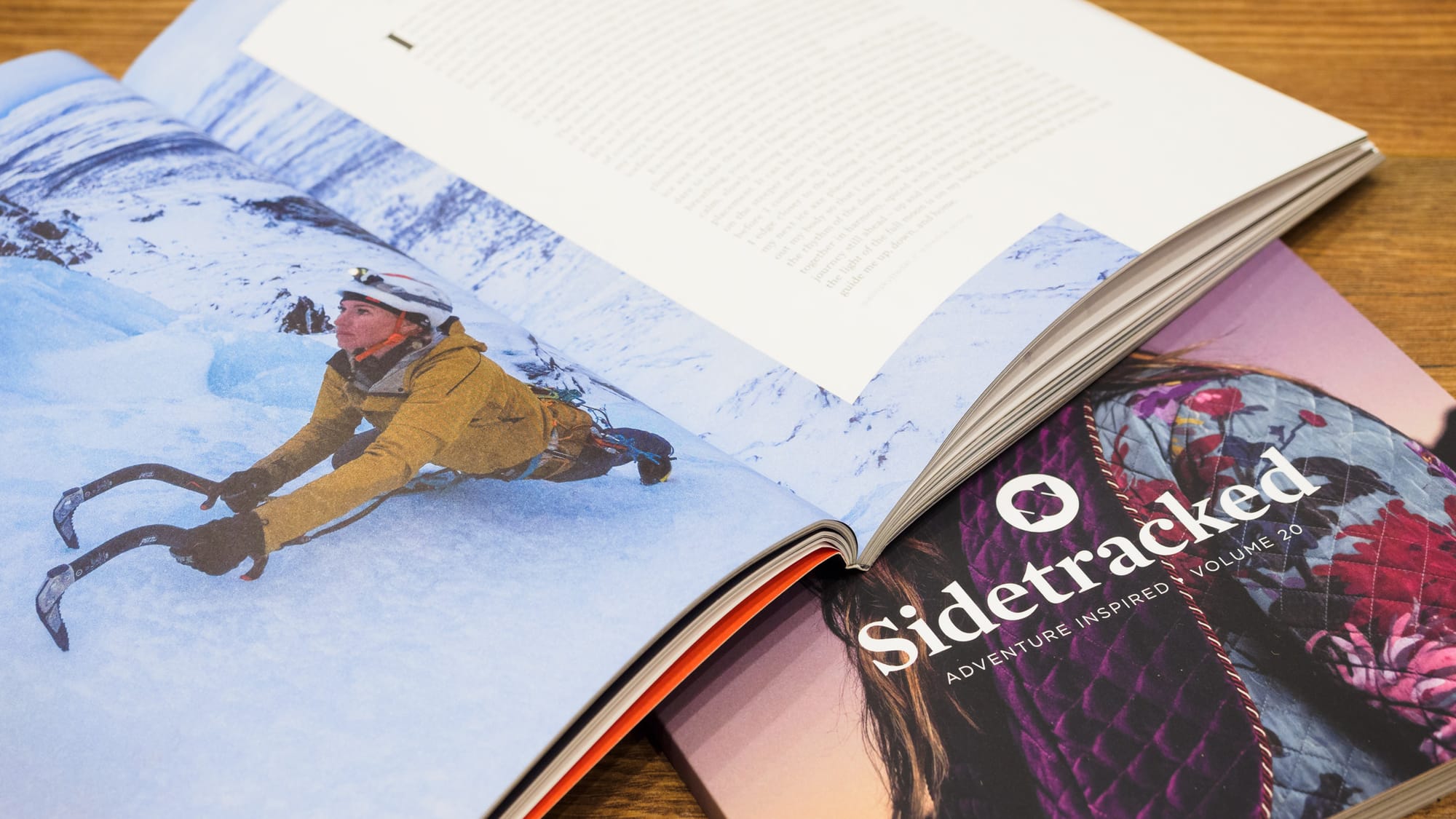
By this point the team was expanding. Daniel Neilson had been working with us for years already. Jenny Tough, who won the Sidetracked Adventure Fund in 2016, was first published in the print magazine in 2018 (her Single Moment 'A Breakfast in Heaven', Vol. 12, is a personal favourite). By 2020 she was working with us as a contributing editor, ghostwriting pieces and assisting with submissions. Harriet Osborne, Ben Barnes, and Mark Bullock soon added their skills to the team.
In 2021 we brought Emily Woodhouse on board as sub-editor – the first person I'd ever hired for a role. I continue to find her absolutely indispensable. The relationship between editor and sub-editor is a distinctive one in a magazine like this, based on a harmonious blend of complementary skills and (ideally) a foundation of friendship. Andrew and I had this, back when I was sub-editor, and I'm glad that Emily and I have this now. We often joke that I'm the good cop and she's the bad cop. Our process often needs both.
Each of us in the editorial team brings different skills and perspectives. At the high level, it's John's vision and taste that drive the whole show forward. A level down from that, submissions are triaged, discussed, and commissioned in weekly meetings between myself, John, and Jenny. Then I get to work with my developmental editing (which I like to call 'story-wrangling' and everyone else calls 'Alexing'). Jenny's perspective is often valuable at this stage. Then, often after several rounds of back and forth with the writer, Emily gets to work on the fully Alexed drafts. She's usually able to make considerable further improvements.
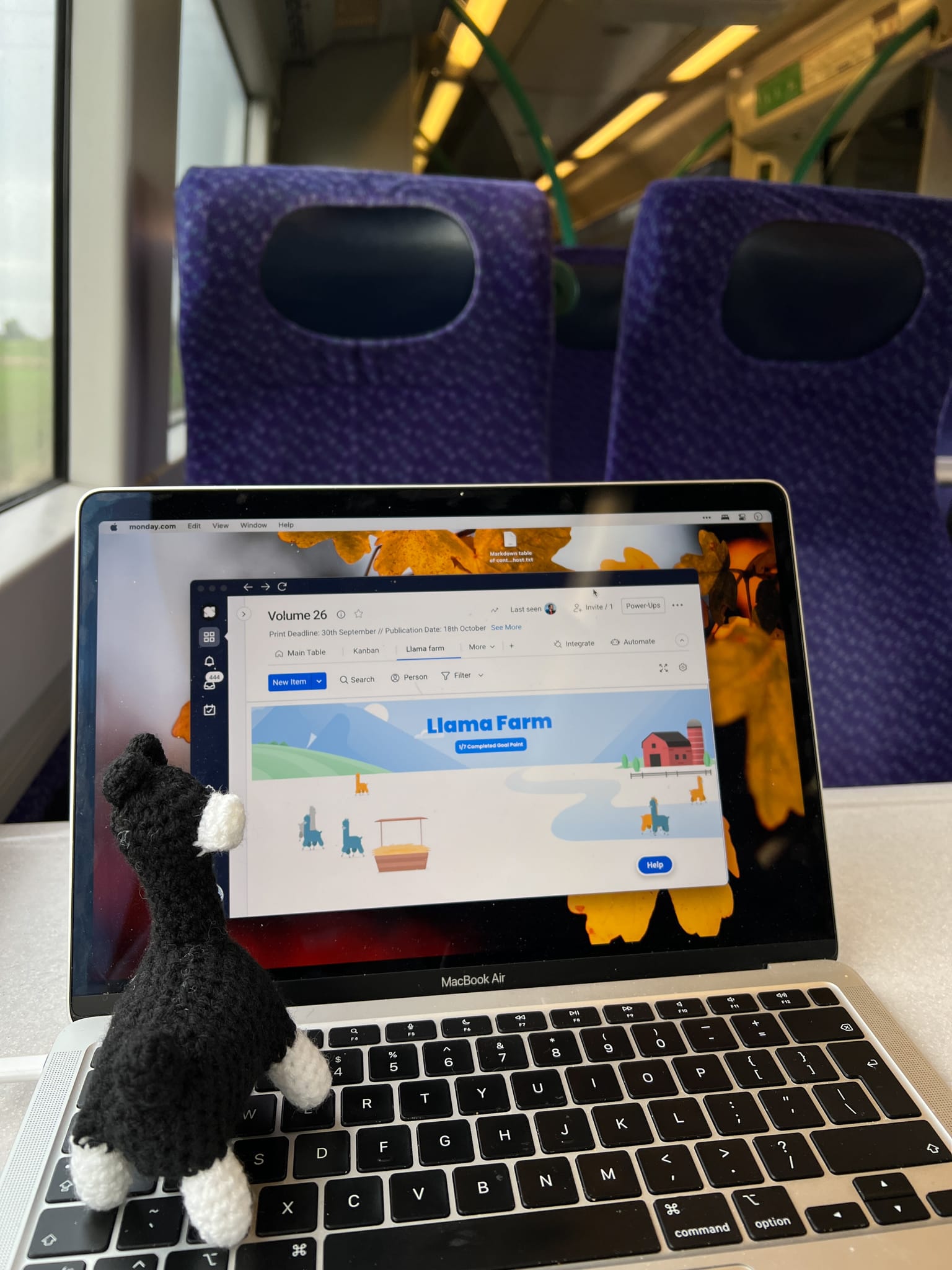
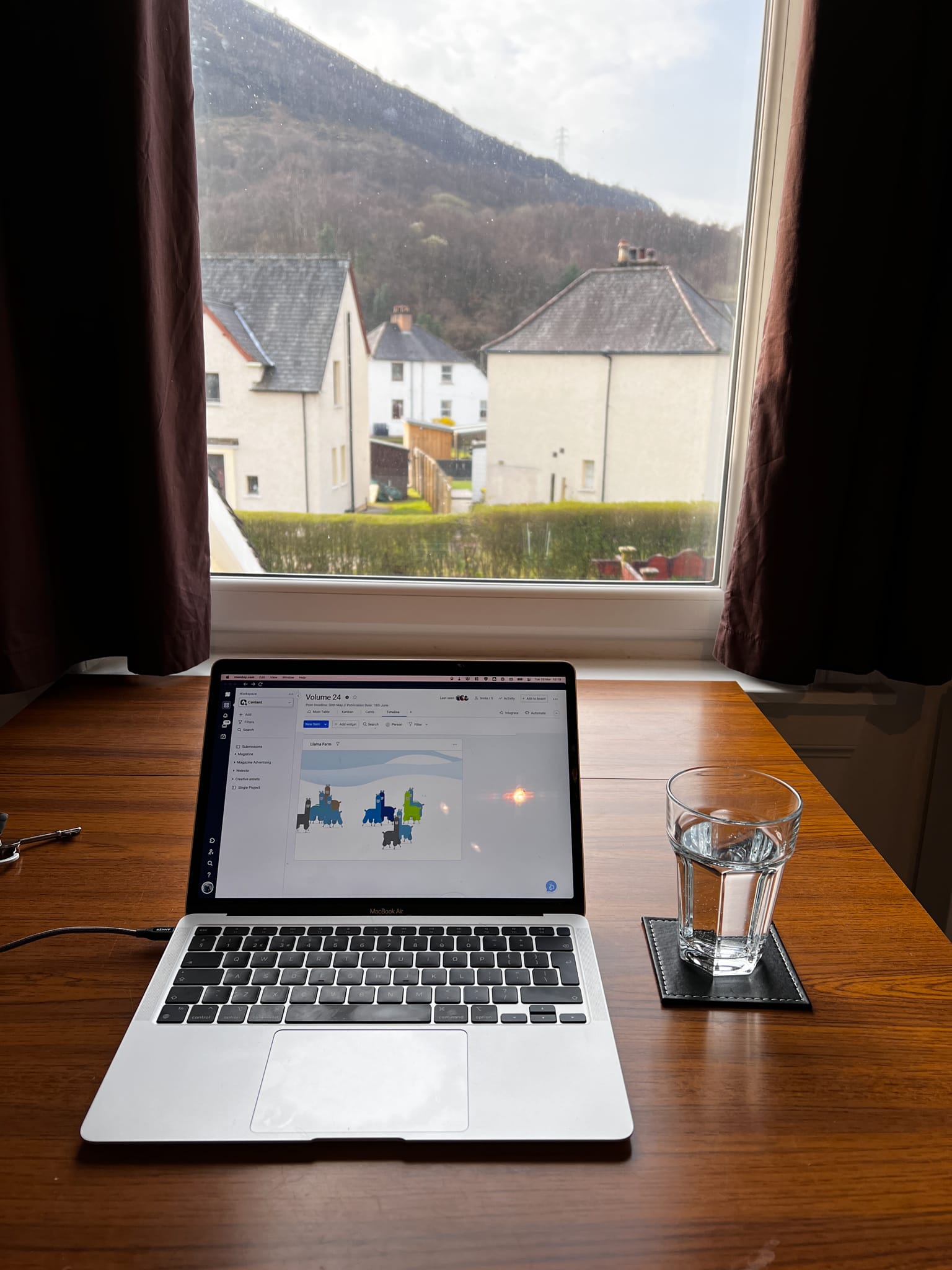
Llamas also feature prominently in our editorial process
One thing I've learned over the years, and this popped up a few times last weekend, has become something of a personal mantra: 'editors are not God'. I try to keep this in mind when faced with a complex edit. Rules are always more flexible than people think, the writer often knows better than the editor, and these days I'm cautious before wading in and imposing my own shape on someone else's work. Think twice, edit once, don't make assumptions, and leave your ego at the door.
At the same time, we do steer and sculpt the work – and every story can be improved by careful editing. That's the concept of 'care' popping up again, isn't it? Our writers and photographers bring care to their side of the work, and I believe that we bring as much care to the curation, editorial, and design process. Over the years I've found that our contributors appreciate this and (I hope) respect us for it. We aren't perfect, but we do care. If we put a lot of work into a story, it's because we believe in it.
These aren't easy times for print magazines. Attention spans dwindle, costs increase, brands change their strategies. Nobody is getting rich doing this. However, magazines like Sidetracked stand as a bulwark against the enshittification and the consumerism, the race to the bottom of content and attention. Anyone who chooses to invest in calm, deep, linear reading on a printed page is engaging in an act of resistance. An analogue counterculture is building out there beyond the screens and the noise, but some of us have been here all along, offering a more nourishing alternative.
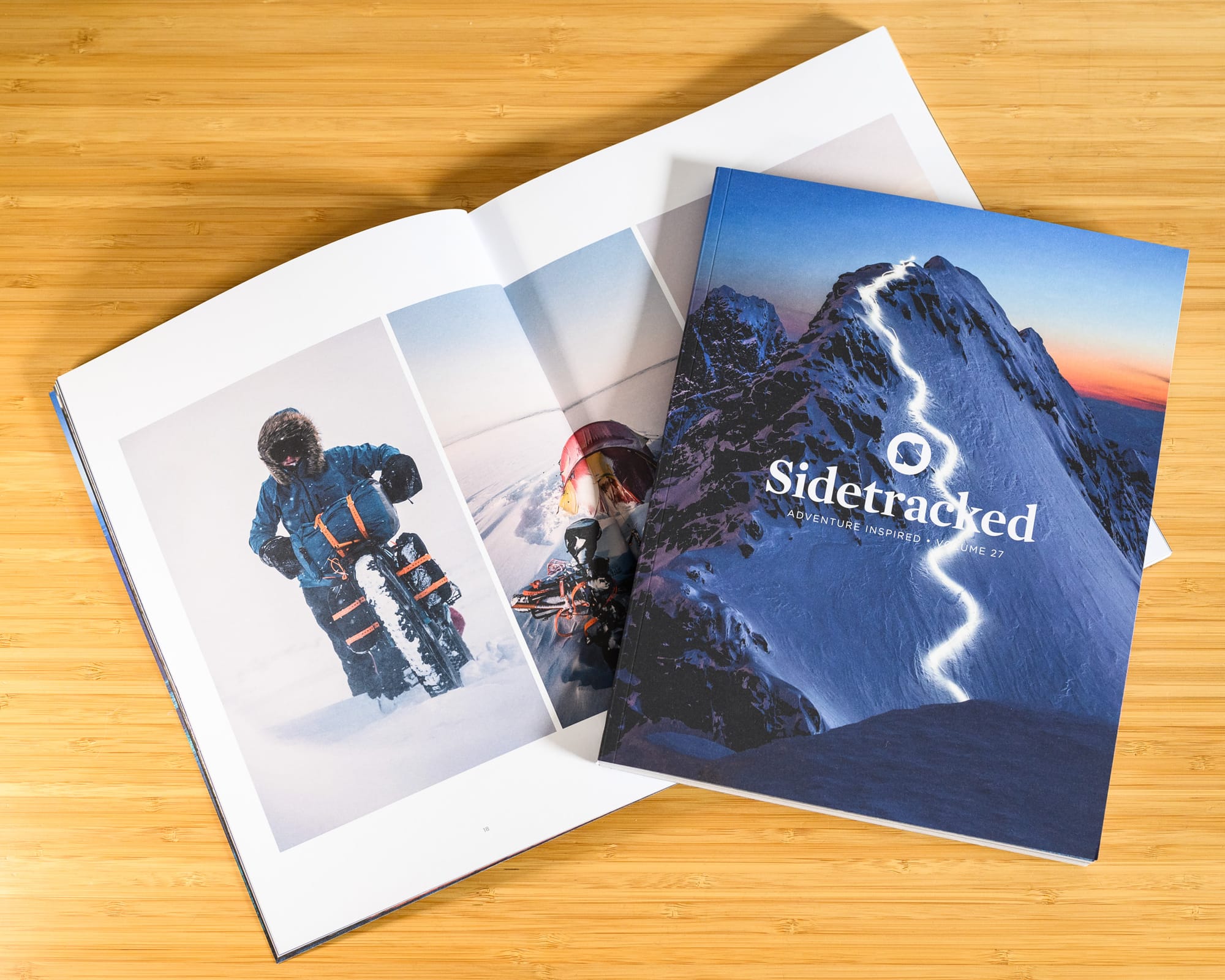
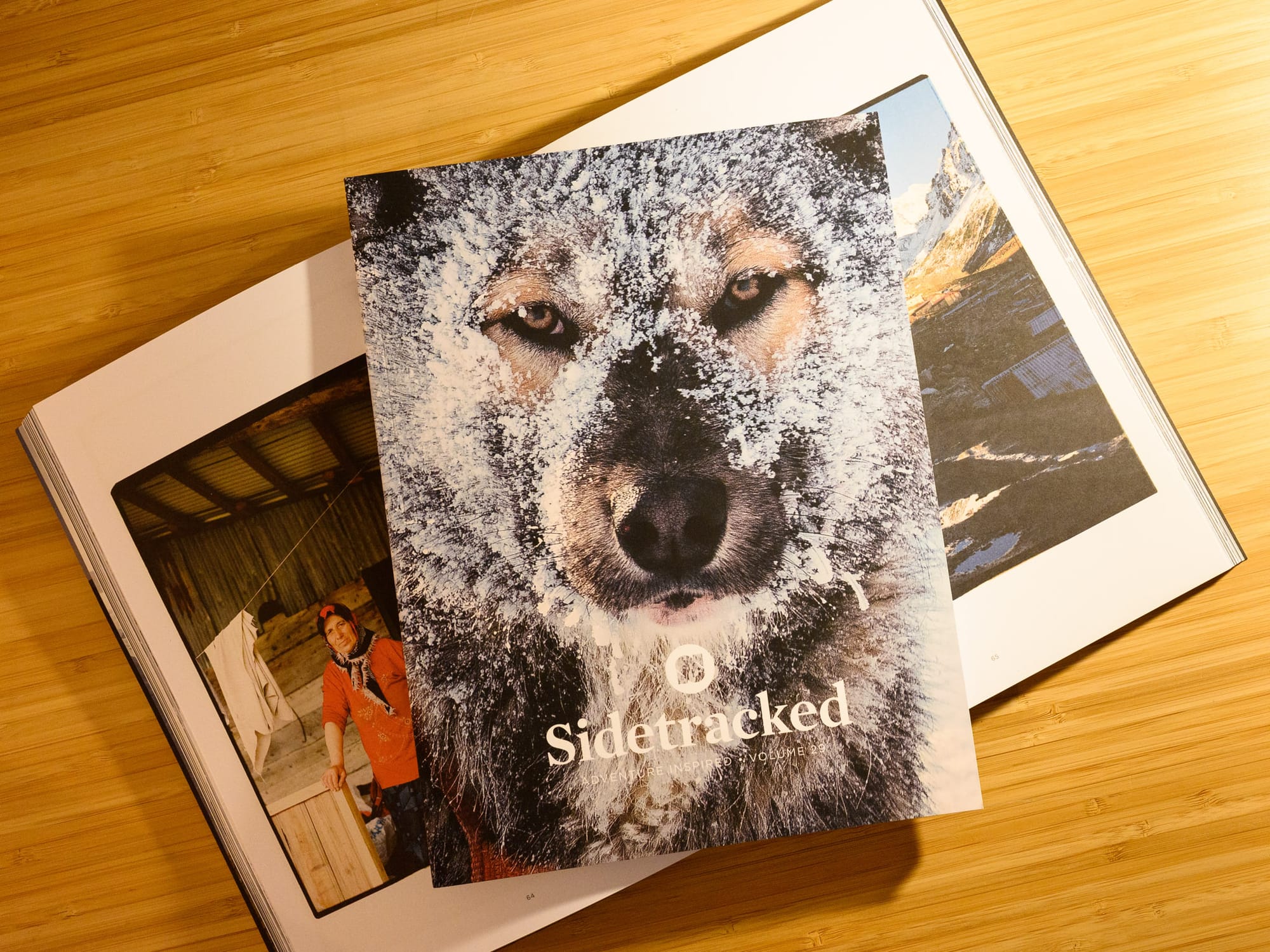
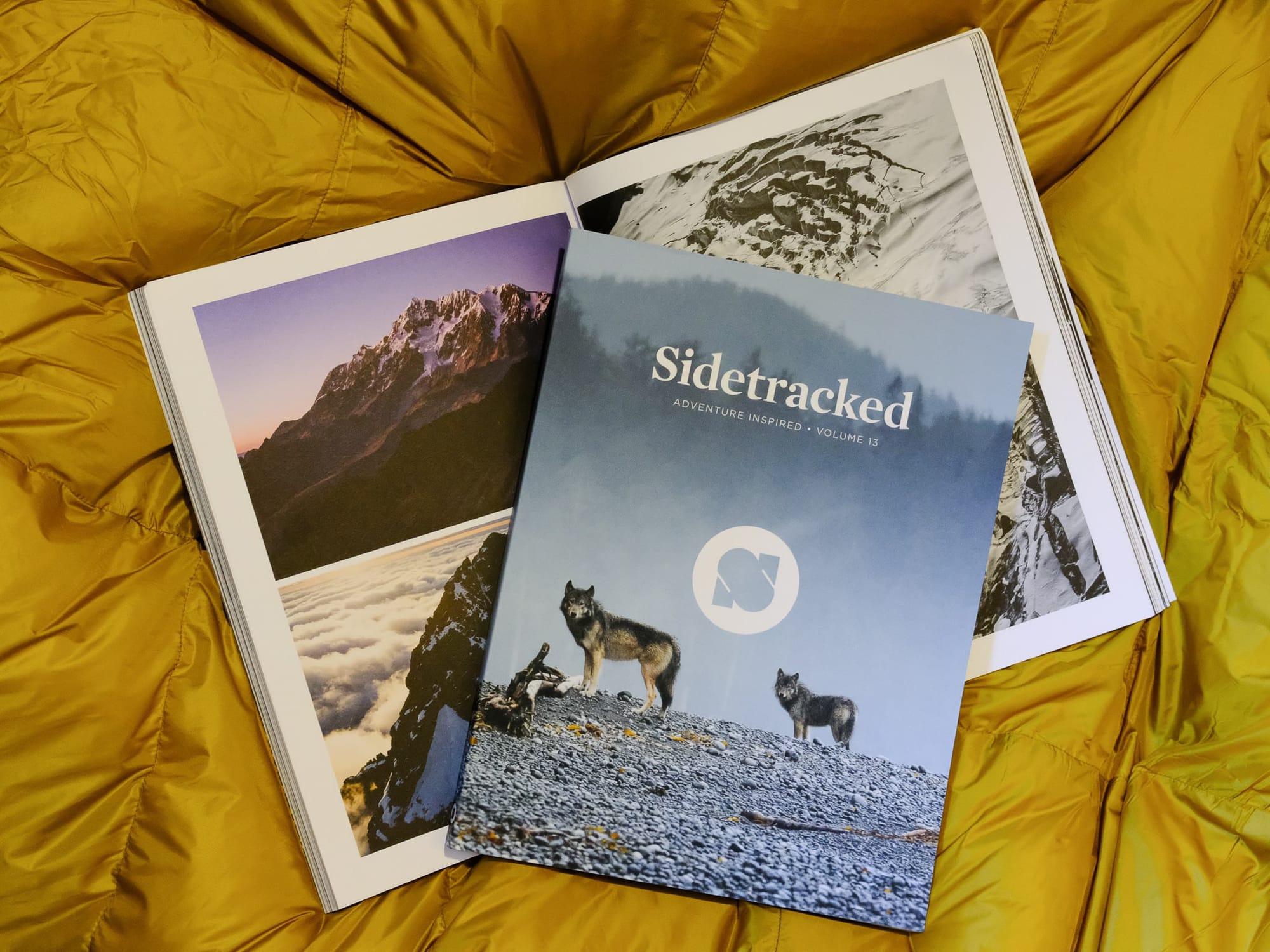
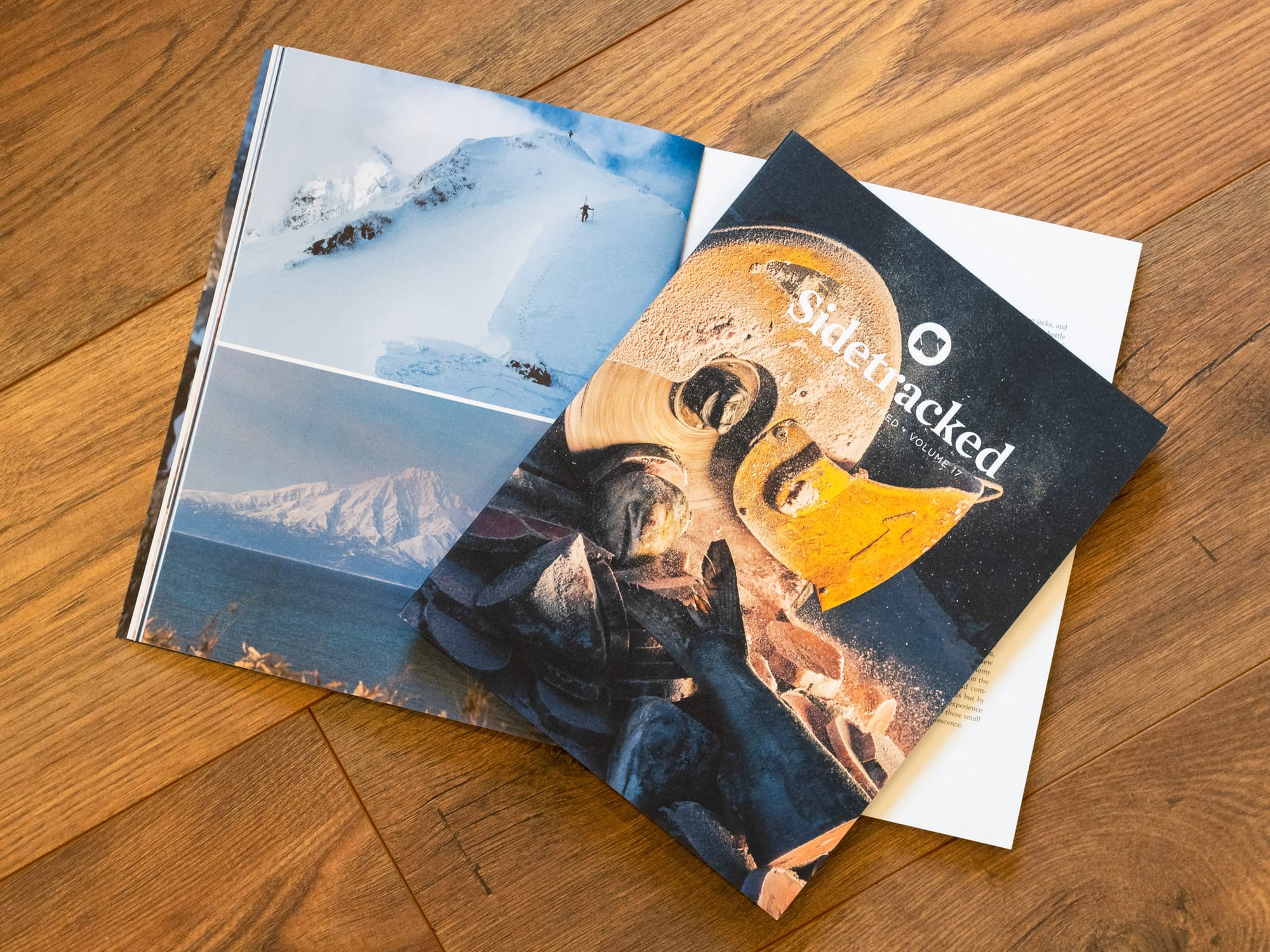
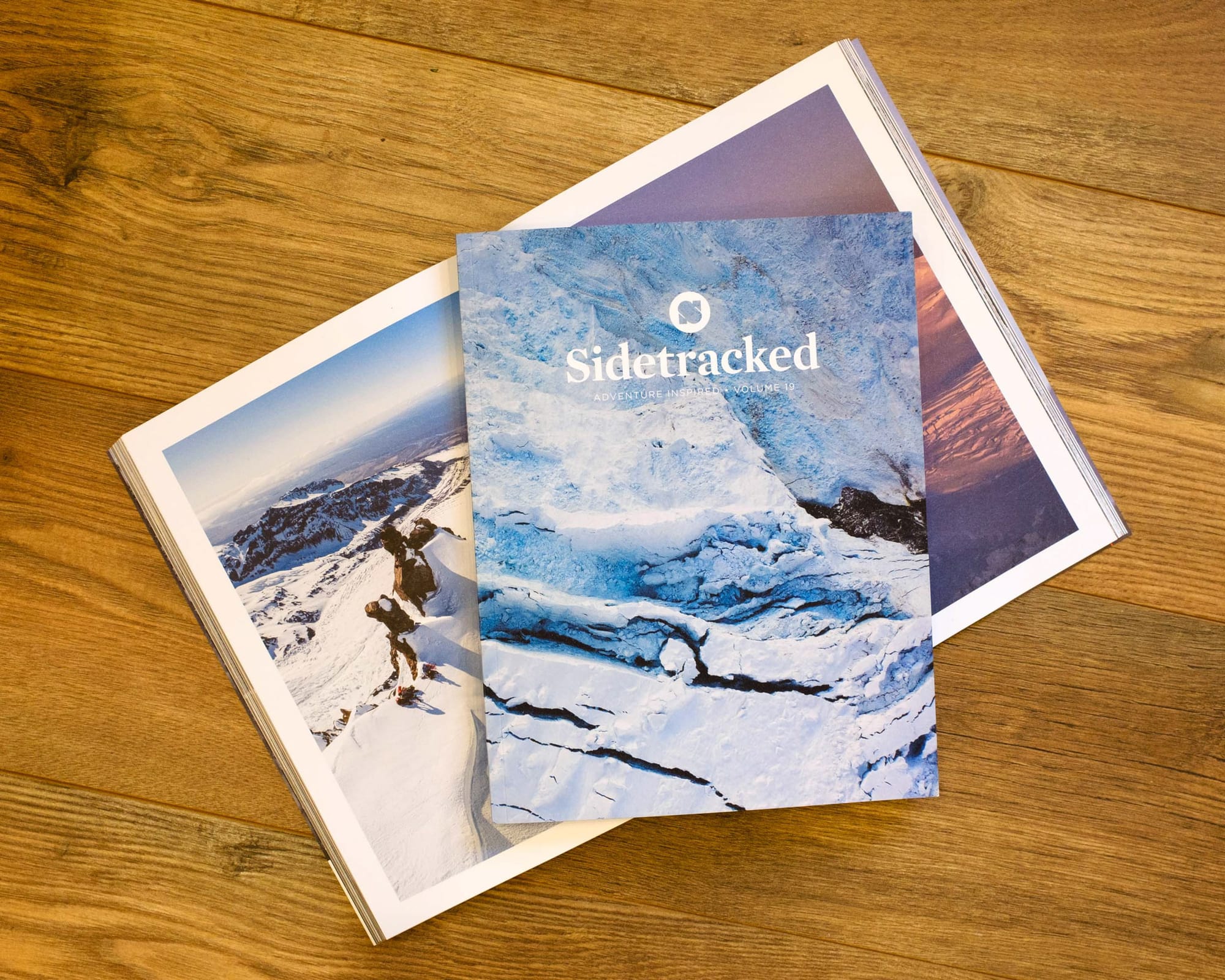
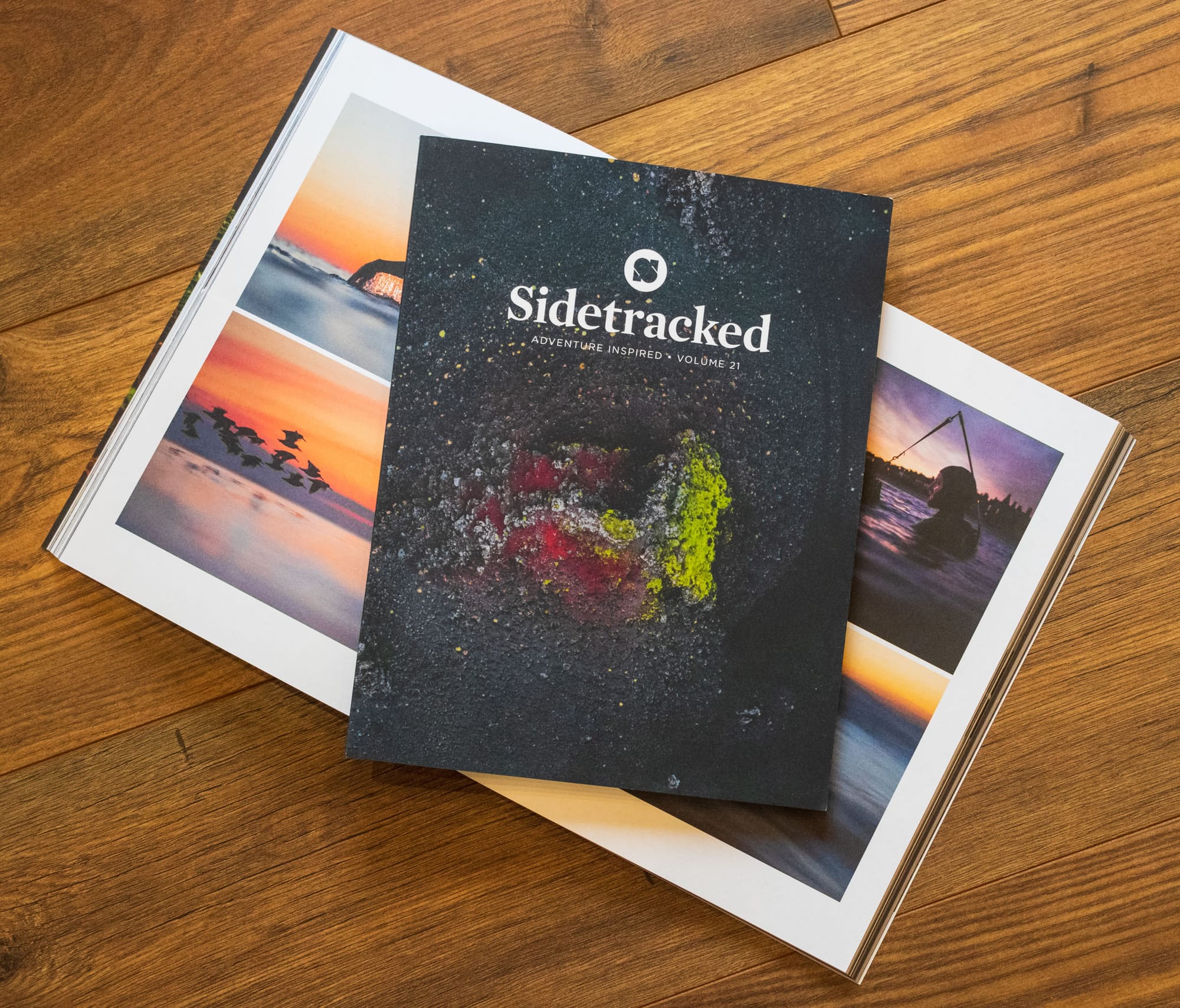
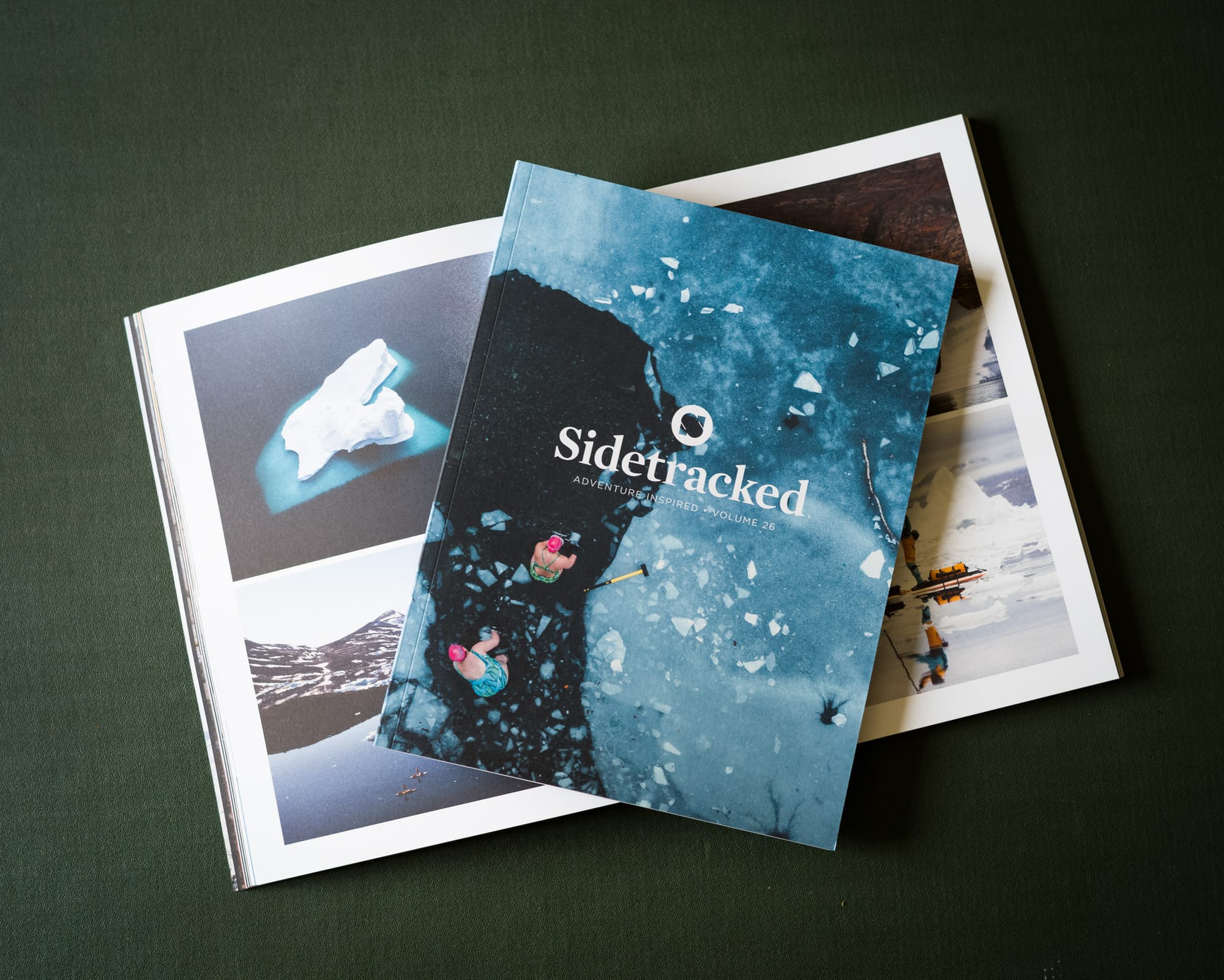
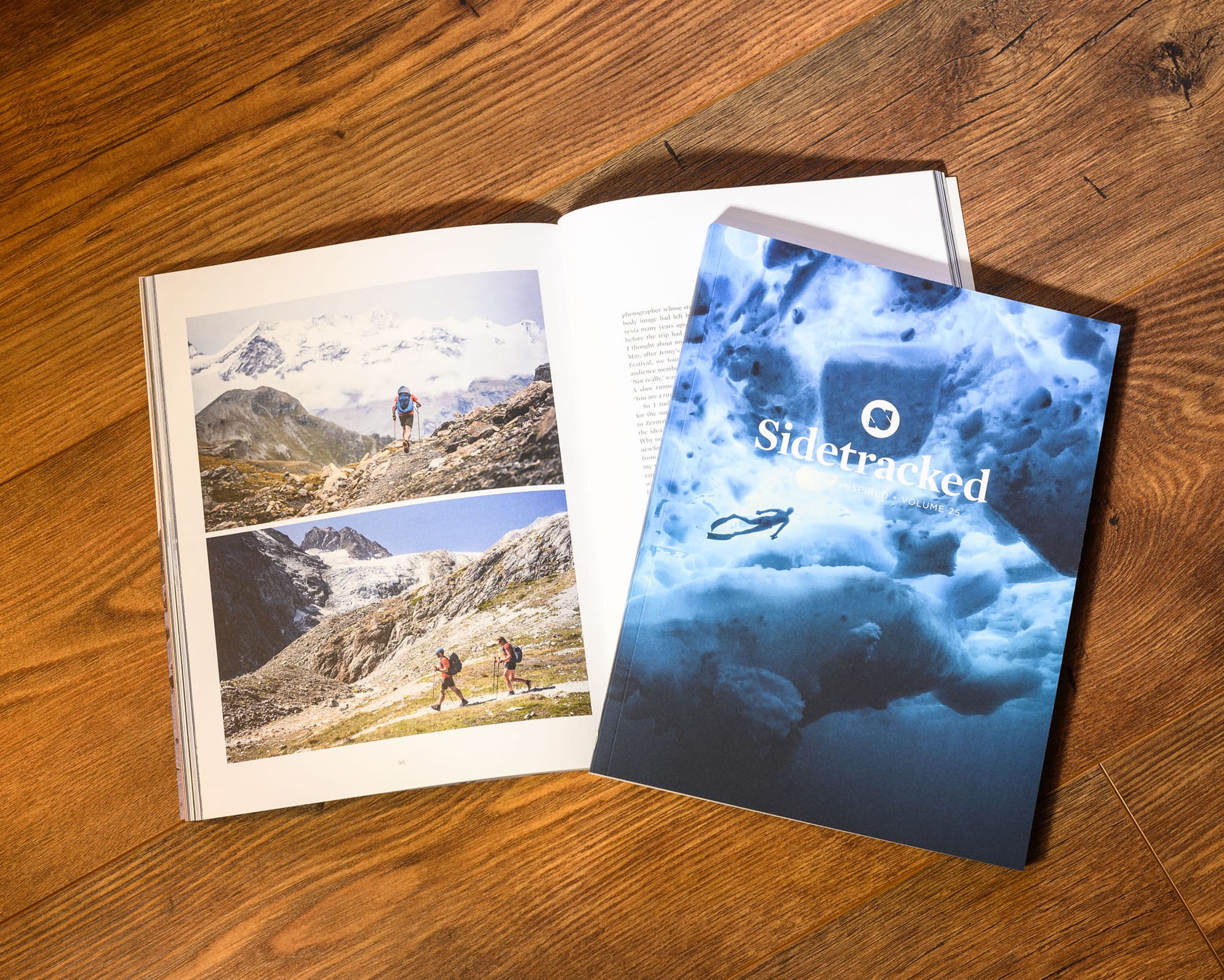
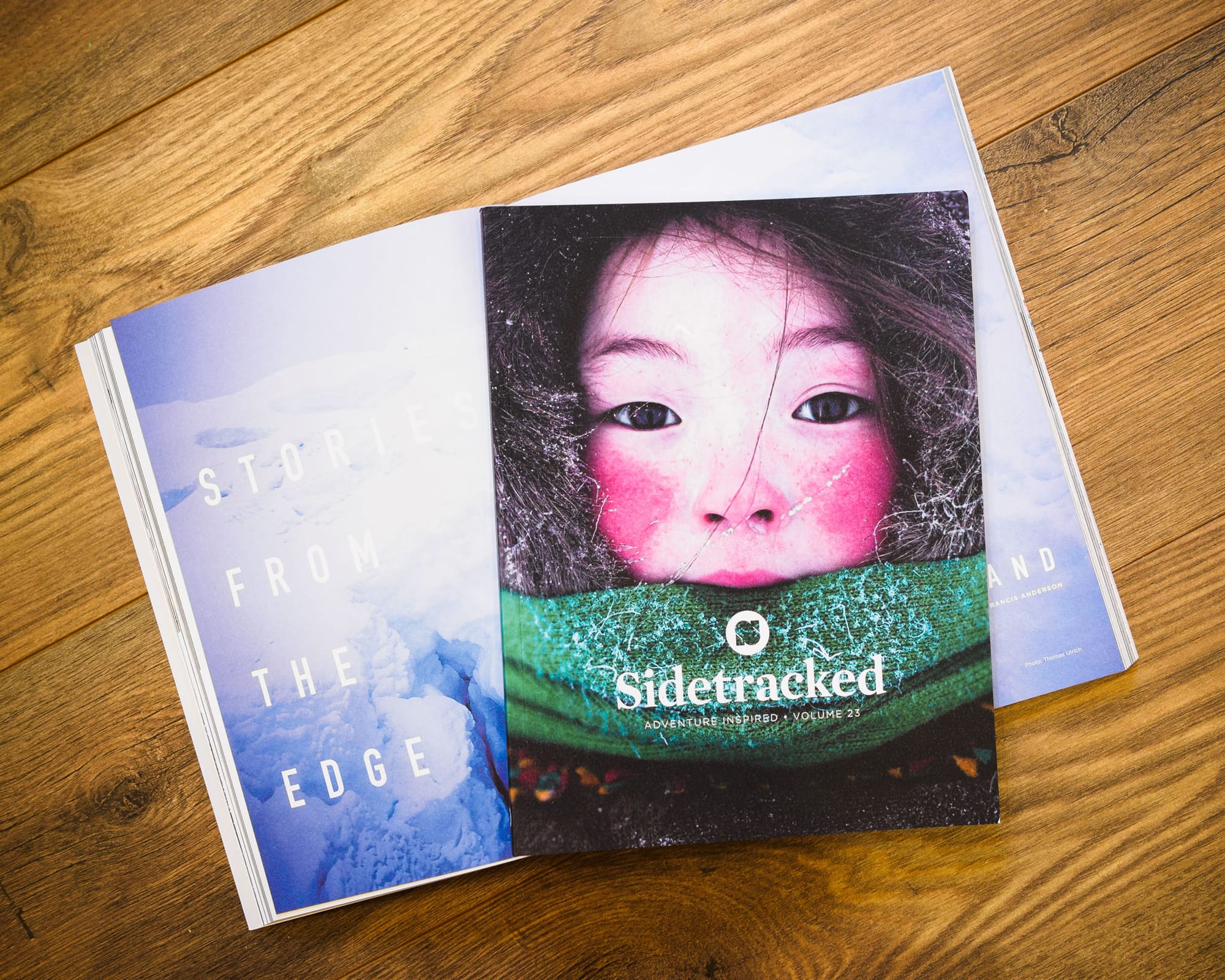
How will Sidetracked evolve as we move into our second decade? I can't say – but I know we'll remain true to our principles. Expressing the art of the journey, seeing things differently, sharing meaningful stories. Giving a shit, basically, even if it's hard.
I can't wait to get started on Volume 31. Submissions are open; please read more about what we're looking for, and how to pitch to us, here.
Alex Roddie Newsletter
Join the newsletter to receive the latest updates in your inbox.

